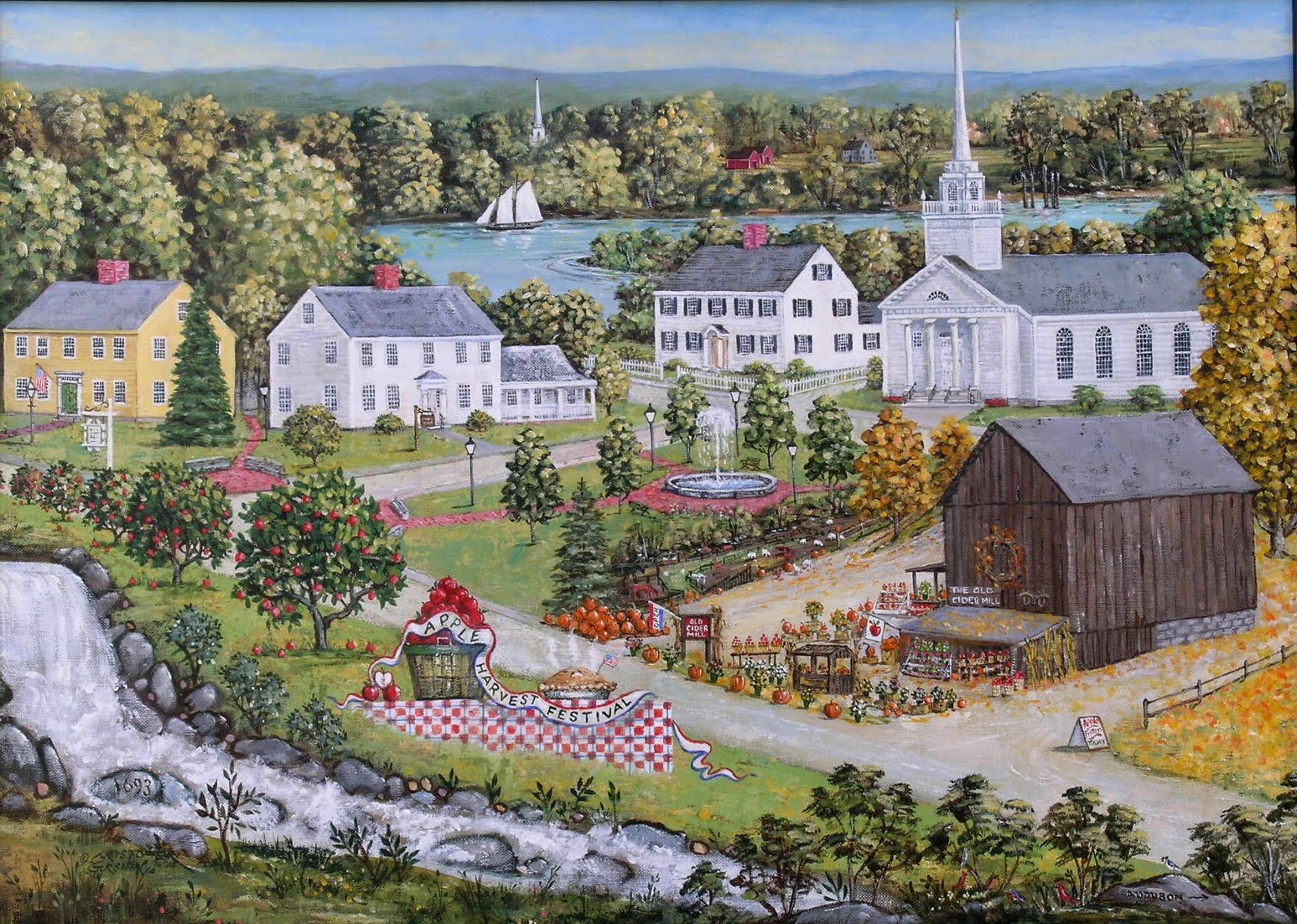"You may call for peace as loudly as you wish, but where
there is no brotherhood there can in the end be no peace."
AUTHOR: Max Lerner
MEANING OF THE QUOTE:
"Peace will only happen when man learns to accept
the differences of others and come together as one."
COMPOSER
IVES
"COUNTRY BAND" MARCH
Tokyo Kosei Wind Orchestra
"COUNTRY BAND" MARCH
President's Own United States Marine Band.jpg)
.jpg)
.jpg)

The "Country Band March" is a wry, rowdy,
and affectionate parody of the amateur
community bands, with their enthusiastic
haphazardness that Ives grew up
hearing as a young man in Danbury.
A possible impetus for "Country Band"
March and Putnam's Camp was a
moment from Ives's boyhood when he heard
two bands pass by each other, creating
a cacophony of sounds.



Ives intended to have the listener recall
and experience what performances of such
and experience what performances of such
groups might sound like. As he wrote to
one of his long-suffering copyists, town
bands "didn’t always play right and
together and it was as good either way."



For Ives the mistakes of these amateur
musicians; making early entrances,
playing "wrong notes," and falling off the
beat, were signs of enthusiasm, a
symbol of underlying human spirit and
aspiration, but no less funny for all that.
So, here Ives, in trying to musically
recreate this feeling, is not poking fun
at bad musicians but instead joining the
fun, and creating quasi, on purpose
"mistakes" by cheerfully but
inappropriately blurting out dense
layers of simultaneous quotations of
popular tunes of the day subjected to
his famous techniques of "poly-
everything" composition.
0057.jpg) |
| http://digilib.gmu.edu/jspui/bitstream/1920/8929/1/Arnold_gmu_0883E_10558.pdf |
Among the songs paraphrased (the
main march theme is probably Ive's
own) in this piece include "Arkansas
Traveler," "Battle Cry of Freedom,"
"The British Grenadiers," "The Girl I
Left Behind Me," "London Bridge,"
"Marching Through Georgia," "Massa's
in de Cold, Cold, Ground," "My Old
Kentucky Home," "Violets," "Yankee
Doodle," May Day Waltz and quotes
of two very familiar Sousa marches;
songs intertwined together, while
competing for the audience's attention,
combined to uncover fresh harmonies
and exhilarating polyrhythms with the
percussion bringing up the rear
frequently to add or drop beats as the
melodies struggle to stay together.
Additionally, there is an extensive
use of ragtime elements attesting to
its influence on Ives and the styles'
significance during the late 19th and
early 20th-centuries.



Finally, at the close of "Country Band"
March Ives adds a "stinger," a final
short chord. But in the score Ives
circled this chord (usually meaning for
omission) and added a question mark
meaning that the chord may be
omitted at the conductor's discretion.
0069.jpg) |
| http://digilib.gmu.edu/jspui/bitstream/1920/8929/1/Arnold_gmu_0883E_10558.pdf |
IN THIS NEXT VERSION LISTEN TO THE
ENDING WITHOUT THE FINAL CHORD ADDED.
ENDING WITHOUT THE FINAL CHORD ADDED.
WHICH ENDING DO YOU THINK IS MORE EFFECTUAL?
"COUNTRY BAND" MARCH
Colonel Timothy W. Foley, Conductor
United States Marine BandColonel Timothy W. Foley, Conductor
.jpg)
.jpg)
.jpg)
The score calls for a theater-size orchestra
comprising one flute (doubling piccolo), one
clarinet, one cornet, two trombones,
saxophone, trap set, bass drum, cymbal,
snare drum, piano, and strings without violas.
 |
| Raoul Dufy |
Country Band March was composed around 1903,
four years after Ives' graduation from Yale and five
years prior to his lucrative insurance partnership with
Julian Myrick. Ives had just resigned as organist at
Central Presbyterian Church, New York, thus ending
 |
| Henry Cowell (lt) and Charles Ives (rt) in 1951 |
.jpg) |
| Charles Ives (lt) and Henry Cowell (rt) |
"exasperated...by the routine
harmony for hymns."
harmony for hymns."



During this period Ives finished his
"Second Symphony" (1902),
SYMPHONY NO. 2
Leonard Bernstein, Conductor
New York Philharmonic
composed three organ pieces that were later
"Second Symphony" (1902),
SYMPHONY NO. 2
Leonard Bernstein, Conductor
New York Philharmonic
incorporated into his Third Symphony (1904),
SYMPHONY NO. 3
SYMPHONY NO. 3
"THE CAMP MEETING"
I. Old Folks Gatherin' (Andante maestoso)
Leonard Bernstein, Conductor
New York Philarmonic Orchestra
.jpg)
.jpg)
.jpg)
composed the Overture and March: "1776"
Leonard Bernstein, Conductor
New York Philarmonic Orchestra
"THE CAMP MEETING"
II. Children's Day (Allegro)
Leonard Bernstein, Conductor
New York Philarmonic Orchestra
Leonard Bernstein, Conductor
New York Philarmonic Orchestra
https://www.youtube.com/watch?v=RusUMPsUfEg
"THE CAMP MEETING"
III. Communion (Largo)
Leonard Bernstein, Conductor
New York Philarmonic Orchestra
Leonard Bernstein, Conductor
New York Philarmonic Orchestra
.jpg)
.jpg)
.jpg)
composed the Overture and March: "1776"
Overture and March: "1776"
Colonel Timothy W. Foley, Conductor
US Marine Band
Colonel Timothy W. Foley, Conductor
US Marine Band



Apparently, the Country Band March received
no performances and only a remaining pencil
score-sketch of it has survived. However,
Ives seemed very interested in this music evidenced
since he incorporated nearly all of it, in one form or
score-sketch of it has survived. However,
Ives seemed very interested in this music evidenced
since he incorporated nearly all of it, in one form or
another, into the "Hawthorne" movement of
his "Concord" Sonata No. 2,
SONATA NO. 2
SONATA NO. 2
"CONCORD SONATA"
II. Hawthorne
Jeremy Denk, Piano
Jeremy Denk, Piano
.jpg)
.jpg)
.jpg)
"The Celestial Railroad," from his
Fourth Symphony (second movement),
SYMPHONY NO. 4:
II. Comedy: Allegretto (first part)
Michael Tilson-Thomas, Conductor
Chicago Symphony Orchestra and Chorus
SYMPHONY NO. 4:
II. Comedy: Allegretto (second part)
Michael Tilson-Thomas, Conductor
Chicago Symphony Orchestra and Chorus
II. Comedy: Allegretto (second part)
Michael Tilson-Thomas, Conductor
Chicago Symphony Orchestra and Chorus
.jpg)
.jpg)
.jpg)
and especially in "Putnam's Camp" from
Three Places in New England.
"PUTNAM'S CAMP"
from Three Places in New England
D. Russell Davies, Conductorfrom Three Places in New England
One of America's first great composers, Charles
Ives bucked society and its conventions from
his earliest years. Although he exhibited
considerable musical talent as a boy, he
eventually pursued a career in insurance. He
was a dilettante composer, thus economics
played virtually no factor in his musical
activities. That choice was probably a wise
one, for Ives's unorthodox and daring music
found little understanding and less success
among contemporary audiences. Ives lived
into his late 70's, but he ceased composing
after about 1930.
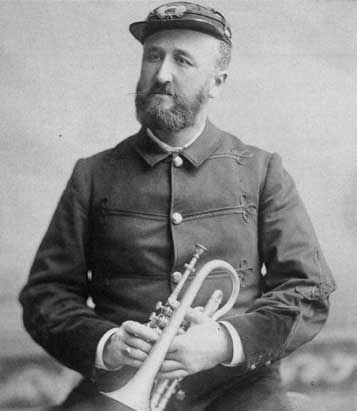 |
| George Ives, Father of Charles Ives |
Ives's father George was a trumpeter and
bandmaster. Young Charlie grew up in rural
He heard dozens of amateur bands in rehearsal
and concert, and attended outdoor religious
He also worked as a church organist from age
14, thereby thoroughly absorbing the Protestant
hymn repertoire. These diverse sources all
found their way into his music.



order to devote more time to composition.
Those four years from 1902 to 1906 (when
he founded his insurance firm) were
he founded his insurance firm) were
a period of experimentation.



Country Band March satirizes the pickup
volunteer bands Ives heard as a boy.
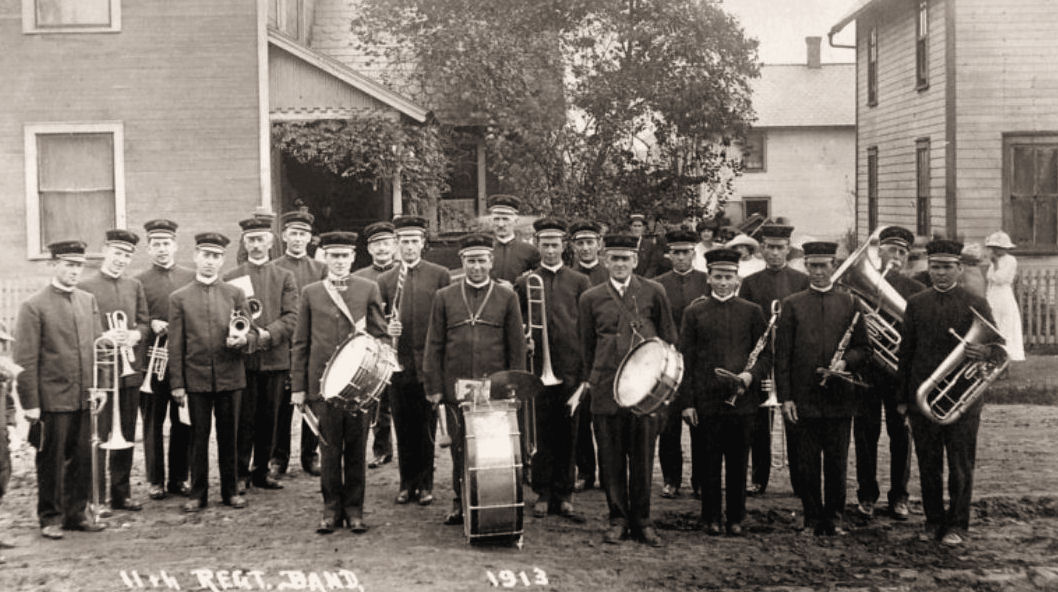
Ives knew from experience that these rural

Ives knew from experience that these rural
ensembles didn't always play with total
accuracy; the important thing was that
everyone was having a good time. Thus
we hear intentional 'wrong' entrances with
faulty rhythms, multiple tunes in the wrong
key, even a saxophone adding two beats
after the rest of the orchestra has stopped.



The material is a mélange of college songs,
band pieces, minstrel tunes, and excerpts
from theatre revues. Virtually everyone will
recognize something in this march; astute
listeners will hear quotations from the Civil
War anthems "Marching through Georgia"
by Henry Clay Work and "Battle Cry of
Freedom" by George Frederick Root, as well
as Stephen Foster's "Massa's in de Cold,
Cold Ground" and John Philip Sousa's
as Stephen Foster's "Massa's in de Cold,
Cold Ground" and John Philip Sousa's
"Semper Fidelis" march. Ives superimposes
the tunes with comic intent; the effect is
raucous and a little unhinged, as if all
the players were either beginners
or a bit tipsy-or both.
the players were either beginners
or a bit tipsy-or both.



Ives borrowed from Country Band
March in three subsequent works: the
'Putnam's Camp' movement of Three Places
in New England, the 'Hawthorne' movement
of his Concord Sonata for piano, and the
second movement of his Symphony No.4.
LINKS
http://grsymphony.org/sites/default/files/pdf_downloads/Country%20Band%20March.pdf
http://www.classicsforkids.com/activitysheets/July2013.pdf
http://www.classicsforkids.com/activitysheets/July2013.pdf
https://www.inkling.com/read/the-enjoyment-of-music-kristine-forney-11th/part-6/ives-country-band-march
http://www.naxos.com/mainsite/blurbs_reviews.asp?item_code=8.559087&catNum=559087&filetype=About%20this%20Recording&language=English
http://www.marineband.marines.mil/Portals/175/Docs/Programs/020214.pdf
http://digilib.gmu.edu/jspui/bitstream/1920/8929/1/Arnold_gmu_0883E_10558.pdf
http://minds.wisconsin.edu/bitstream/handle/1793/34602/46721305.pdf?sequence=1



"COUNTRY BAND" MARCH
LESSON PLAN
ATLANTA SYMPHONY
http://www.atlantasymphony.org/aso/asoassets/download
center/sound-track-of-your-life-student-resource.pdf
http://www.naxos.com/mainsite/blurbs_reviews.asp?item_code=8.559087&catNum=559087&filetype=About%20this%20Recording&language=English
http://www.marineband.marines.mil/Portals/175/Docs/Programs/020214.pdf
http://digilib.gmu.edu/jspui/bitstream/1920/8929/1/Arnold_gmu_0883E_10558.pdf
http://minds.wisconsin.edu/bitstream/handle/1793/34602/46721305.pdf?sequence=1
 |
| http://brassmusician.com/ |



"COUNTRY BAND" MARCH
LESSON PLAN
ATLANTA SYMPHONY
http://www.atlantasymphony.org/aso/asoassets/download
center/sound-track-of-your-life-student-resource.pdf



 |
| http://www.painters-online.co.uk/Information/Hot-reds-Jean-Haines |
LESSON PLAN
CLASSICS FOR KIDS
http://www.classicsforkids.com
http://www.classicsforkids.com/shows/showdesc.asp?id=29
http://classicsforkids.com/teachers/audio/showdesc.asp?id=29



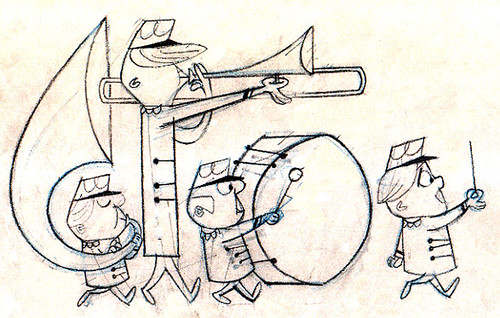
GRANADA ADV. STRINGS
1. LAS MANANITAS II
2. VIVA LA VIDA
INTRO. TO INSTRUMENTS
1. AUDIENCE BEHAVIOR ESSAY
a. Classical vs Rock
2. KEYBOARD RECITALS (CONT.)
a. Classical vs Rock
2. KEYBOARD RECITALS (CONT.)
GRANADA BEG. STRINGS
1. SCALES: A, E, B Major
a. New Pattern: 1 2 34
b. Separate Bows
a. New Pattern: 1 2 34
b. Separate Bows
2. CIELITO LINDO
3. BILE EM' CABBAGES
3. BILE EM' CABBAGES
HILLVIEW ORCHESTRA
1. BOULEVARD OF BROKEN DREAMS
2. ROCKY TOP
3. IMAGINE
4. LAS MANANITAS II
1. BOULEVARD OF BROKEN DREAMS
2. ROCKY TOP
3. IMAGINE
4. LAS MANANITAS II
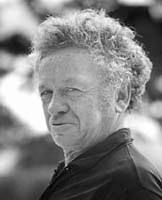
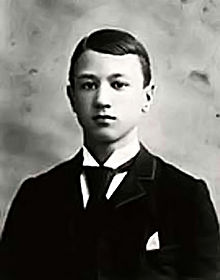
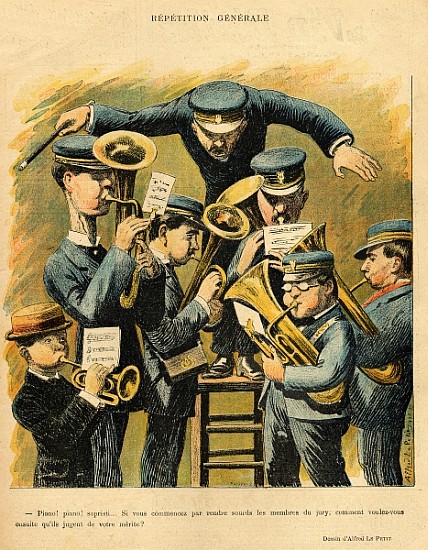
.jpg)
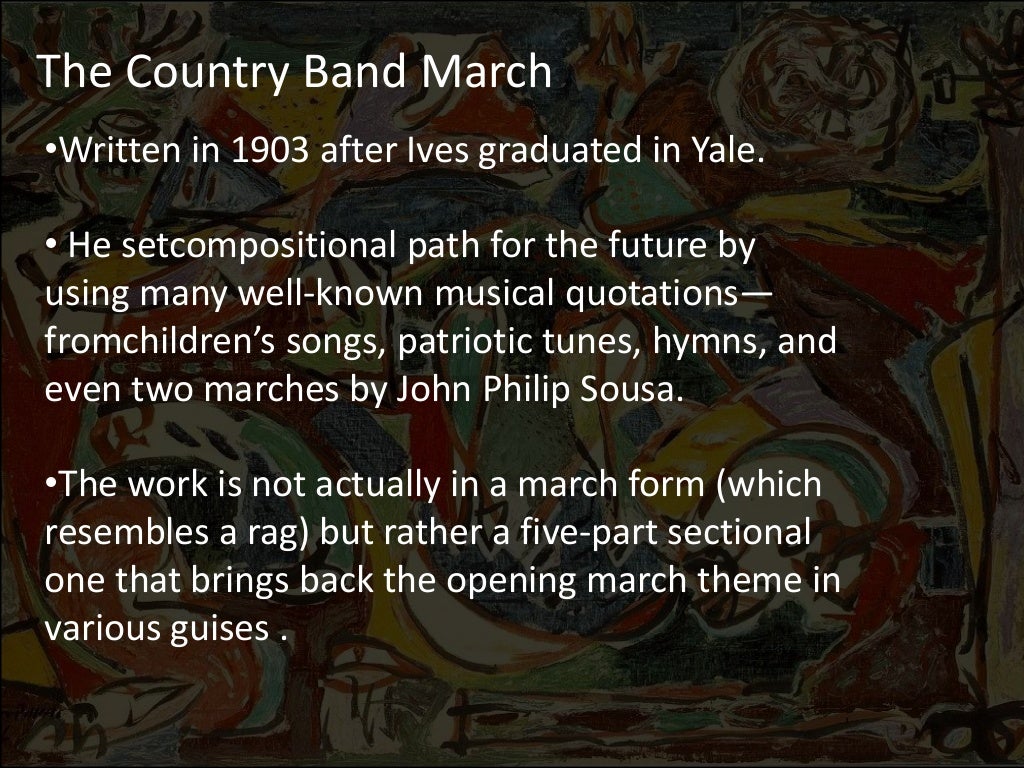
.jpg)
